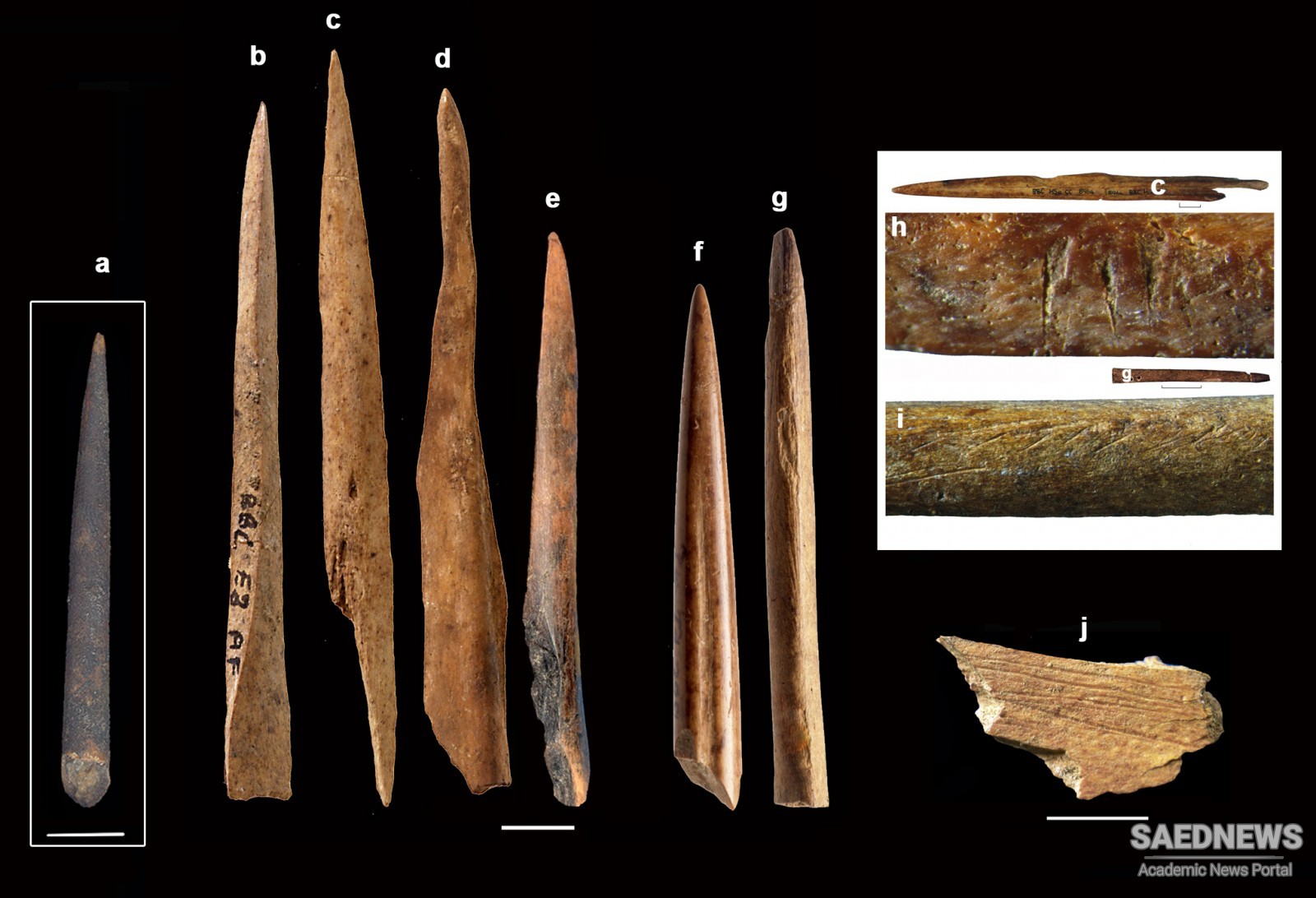Several species of Homo erectus existed at the same time. Sometime between 150,000 and 100,000 years ago in Africa, one species, and possibly more than one, evolved into a more advanced creature with a brain as large and jaws and teeth as small as ours. We call this creature Homo sapiens, the “wise man,” because we think of ourselves as wise. It was so similar to us that some anthropologists claim that if one of them reappeared on earth and sat on a bus seat next to us, we would think it was just another passenger. There were two distinct species within the genus Homo sapiens: one with thick brows, strong bones, and the physique of a wrestler, called Neanderthal, after the Neander Valley in Germany where their remains were first found; the other, called archaic Homo sapiens, was physically exactly like modern humans. These two species lived side by side in the Levant (the lands bordering the eastern Mediterranean), but they did not interbreed. Then, 35,000 or 40,000 years ago, the Neanderthals vanished, and no one knows why. The technology of the two species was identical and considerably more sophisticated than that of Homo erectus. Instead of making one kind of hand axe, they made many different stone tools for different purposes: stone spearpoints they attached to wooden shafts, blades of various sizes, and curved scrapers used to prepare hides, among others. Microscopic analysis shows that different tools were used to cut wood, to saw bones, to cut meat, and to scrape antlers (Source: Technology a World History).


 Homo Habilis and Stone Crafting: Early Sense of Technology in Human Community
Homo Habilis and Stone Crafting: Early Sense of Technology in Human Community














































